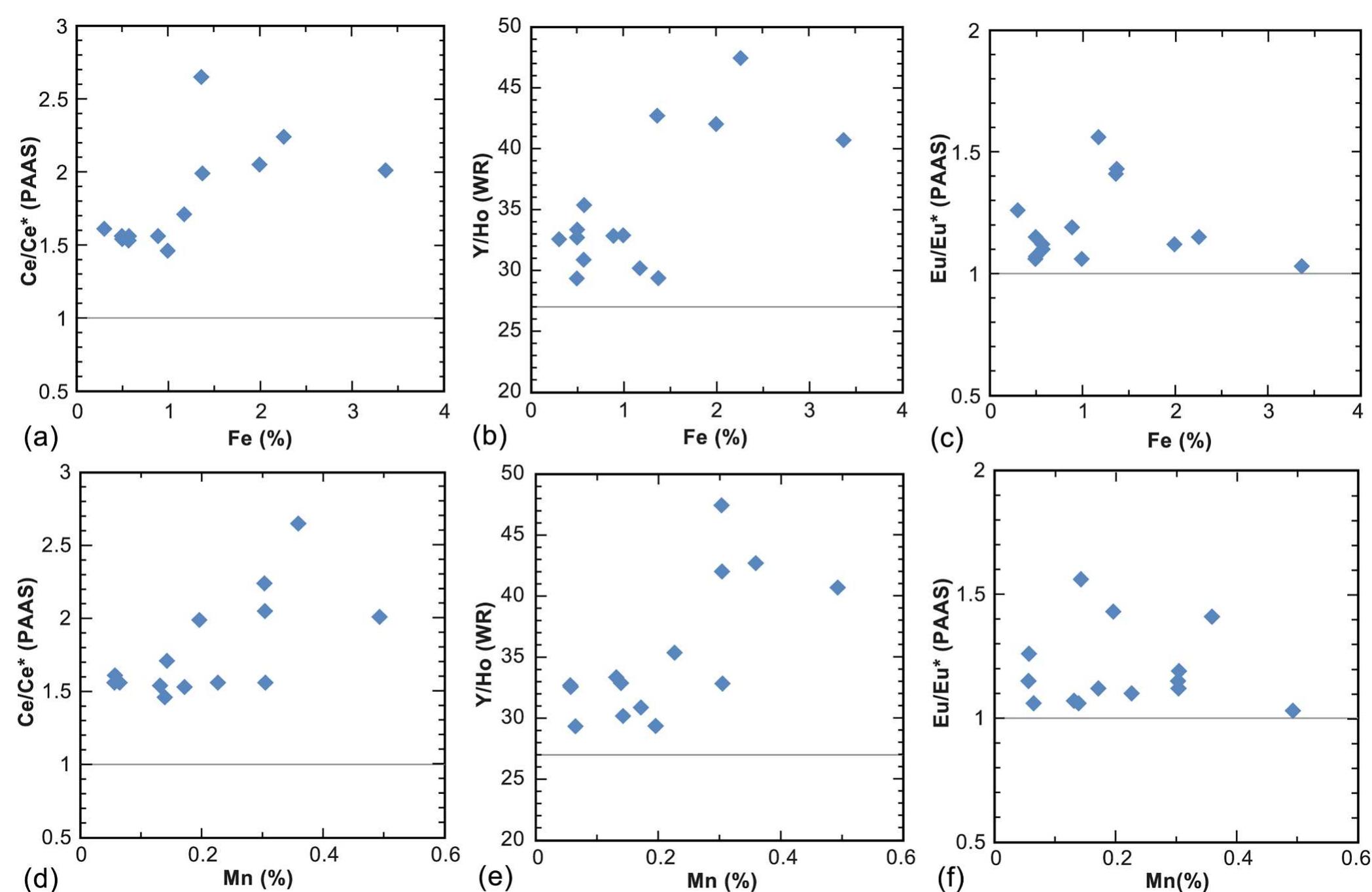Figure 1 – uploaded by Prasanta Kumar Mishra

Figure 1 Outline map of India showing different Purana basins (modified after Ramakrishnan and Vaidyanadhan, 2010). AC: Aravalli Craton, BC: Bastar Craton, BKC Bundelkhand Craton, DC: Dharwar Craton and SC: Singhbhum Craton. Details of the rectangular framed area (Bastar craton) are shown in Fig. 2. The Indian shield consists of five Archean cratonic nuclei (Fig. 1; The Bastar Craton, one of the oldest craton in Indian Peninsula (Fig. 2), consists of diverse rock assemblages consisting of older gneisses, greenstone belts, and granitoids of Archean age covered by Proterozoic basins (Fermor, 1936; Crookshank, 1963; Sarkar et al., 1990; Ghosh, 2004). The oldest rocks of the craton include tonalite-trondhjemite- granodiorite (TTG) gneisses of 3561 + 11 Ma and K-rich granites, the
Related Figures (21)





















Connect with 287M+ leading minds in your field
Discover breakthrough research and expand your academic network
Join for free